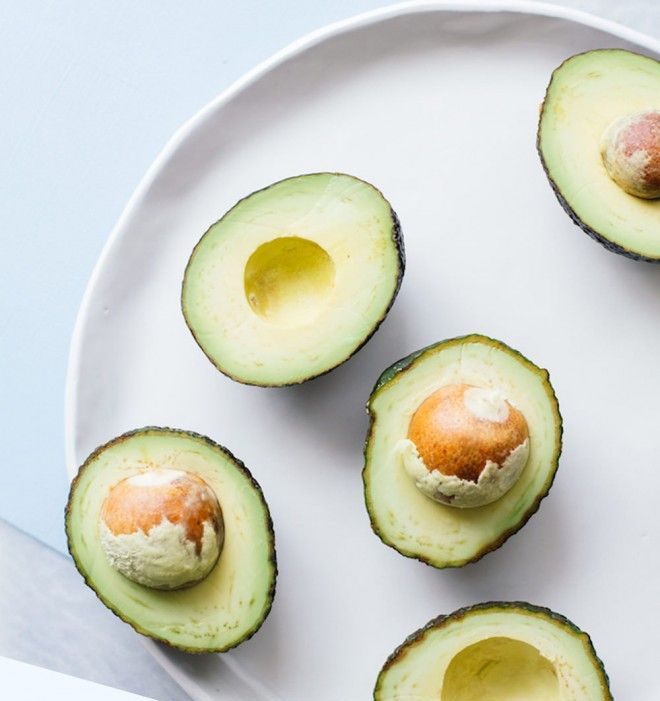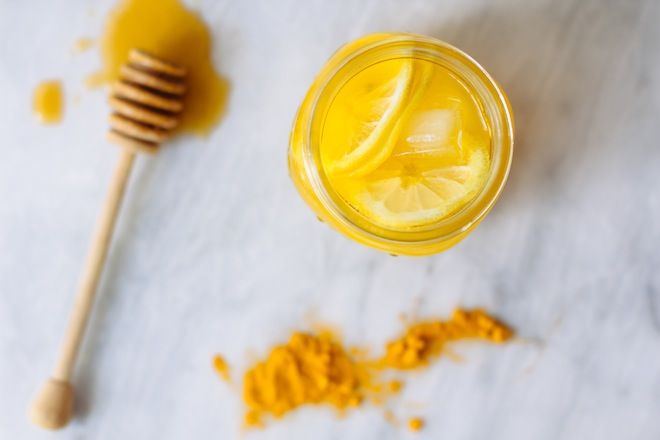The manipulation of soft tissue is what we refer to when talking about massaging, but with aromatherapy we introduce the power of essential oils into the equation to bring their intrinsic therapeutic properties to the massage.
Massage is beneficial in more ways than simply being relaxing, and helps with various aspects as discussed on our massage therapy page.
There are various methods of massaging and include the following:
Swedish
This method of massaging is the most popular type of massage and includes a variety of strokes and was developed by the Swede Professor Ling. This type of massage is beneficial to promote the feeling of well-being and also helps to reduce emotional and physical stress.
Neuromuscular massage
This way of massaging forms the basis of aromatherapy massage and evolved from the work of Stanley Leif. It is also referred to as “Trigger point” therapy and the overall effect of this massage is to restore the balance of the autonomic nervous system.
Lymphatic massage
This massage helps to improve the flow of lymph and some techniques developed by Marguerite Maury are incorporated in aromatherapy massage. Lymph drainage massage is particularly useful in detoxifying the body and to boost the immune system.
Acupressure massage and Shiatsu
This method of massage is focused on the meridians (channels) of the body and to relieve “blockages” through pressure on certain points of the body. It can be performed while the person is fully clothed and requires no needles such as in acupuncture.
Reflexology
In reflexology the feet (although the rest of the body can also be used) are manipulated and massaged and focus is placed on certain points on the feet that are said to have corresponding body parts or organs.
This technique was developed by Dr. Ida Rolfand focuses on massaging the fascia – the connective tissue enclosing the muscles – to bring the body in alignment again.
Aromatherapy massage has a more holistic approach to the massage and may include some of the principles on the list above, yet will concentrate on more relaxing strokes, but of prime importance is the selection of essential oil/s used during the massage, since they are chosen for their therapeutic effect, and not the fragrance as such.
Effleurage (gliding)
Effleurage is the main or principle stroke to warm up the muscles and to prepare the soft tissue for deeper treatment. This free-flowing continuous movement is done with the flat palm of one or both hands with steady pressure.
This effleurage motion is used on the back, chest, legs and arms to stretch and manipulate tension away from the muscles.
Feathering
The feathering stroke is an extremely light stroke and is barely perceivable by the person receiving the massage, yet has a profoundly soothing effect.
Petrissage (kneading) massage
With petrissage specific muscle groups are worked where tissue is easily grasped, and can be performed superficially or deep. Deep petrissage is helpful in promoting circulation and to loosen muscle tightness.
Friction and pressure
Friction is mostly used around joints and helps to increase circulation and the masseur’s fingers do not slide over the skin and in sports massage it is often referred to as cross-fiber stroking.
Vibrating
Using vibrating strokes uses the muscles of the masseur and can take the form of striking the body (especially bony areas) lightly with the fingertips or jostling the muscles (good for sore muscles) where the masseur places his/her hands on the person’s body and shaking his/her hands while moving the hand along the muscle.
Tapotement (percussion)
These alternate drumming movements are normally performed on broad areas of the body, such as the back.
Pummeling
While forming a loose fist strike the body with the outer edge of the hand.
Rapid chopping motions are performed with the outer edge of the hand, and the fingers slightly separated so as not to do a karate chop and is used mostly on the fleshy areas like upper shoulders or legs.
The hands are cupped and the body is struck with the fingertips and the heels of the palms.
Caution for massage if the person: aromatherapy
Recently consumed a large meal, alcohol or addictive substances, do not massage
Underwent surgery, do not massage, unless with the permission of his/her medical doctor
Suffers from heart attacks or strokes should at most only receive a very gentle massage to help circulation
Has cancer, massage should not be performed
Has a fever or infectious disease, do not massage
Has varicose veins, do not massage directly over the varicose veins and never massage a person with thrombosis or phlebitis
Has inflamed joints, gout, arthritic or rheumatoid pain, rather massage above the area and not on the site as it would be too painful
If the person is pregnant, first obtain permission from the doctor to massage
Original article and pictures take www.corespirit.com site









